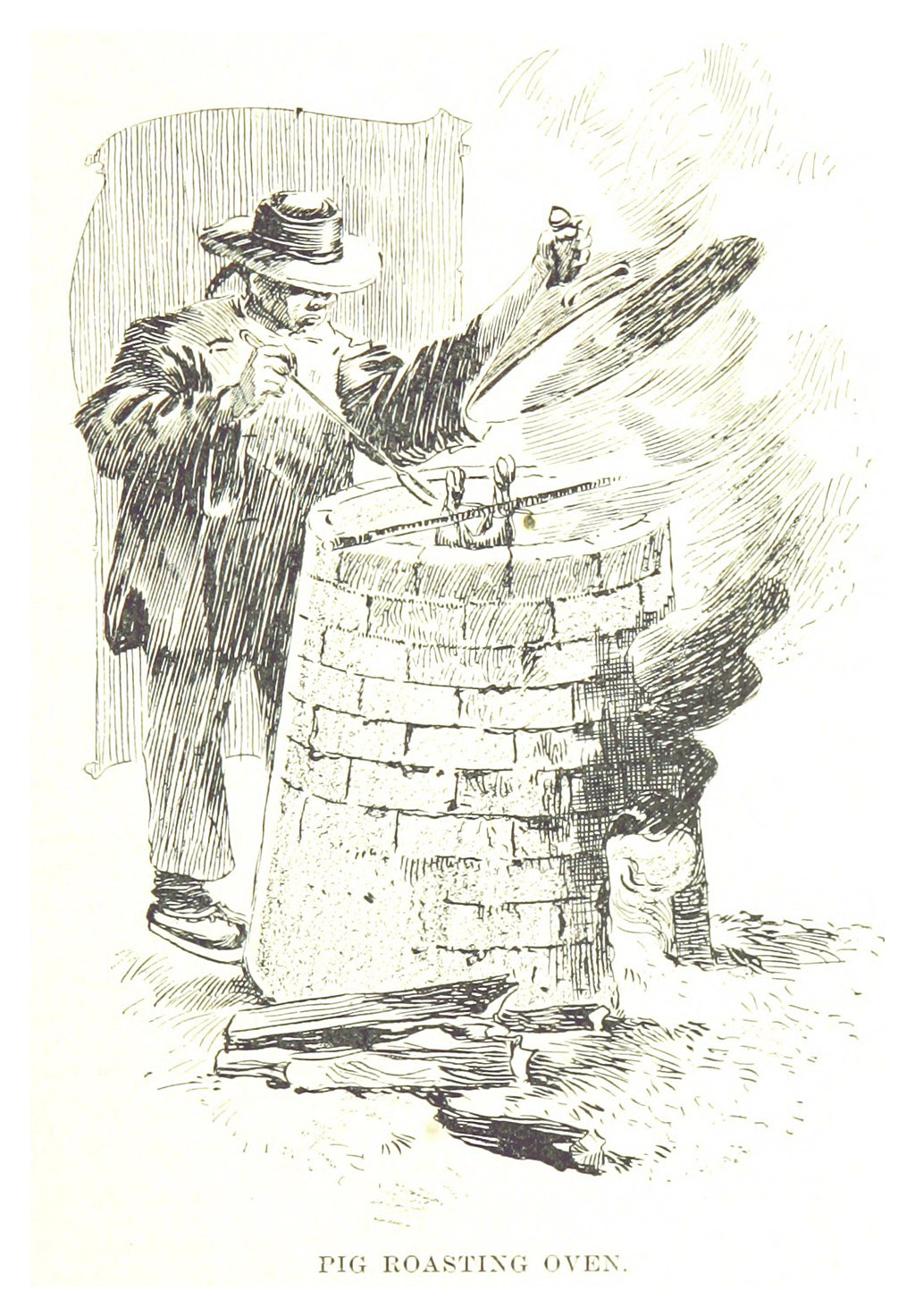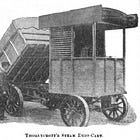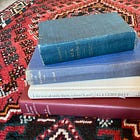
See also:
For full citations of abbreviated references, see:
A reminder that familiarity with basic Fourth Way texts is presumed, as always.
Since our current "Reading Club" project is Volume I of Maurice Nicoll's Psychological Commentaries on the Teaching of G.I. Gurdjieff and P.D. Ouspensky, it seems good to spend time now and again on examination of some of this material - with a kind of "commentary on the Commentaries." It is especially interesting to me that, although, on the one hand, Nicoll's way of writing is particularly clear and approachable, and generally so faithful to the form of what Ouspensky had been entrusted to pass on from Gurdjieff, on the other hand, I find repeated instances of where things don't seem to add up.1
In her biography, Maurice Nicoll: A Portrait, Beryl Pogson reproduces a letter to Nicoll from Jeanne de Salzmann, written in July 1950, which included the following:
I happen to read two of your books, 'Commentaries about Mr G.'s teaching'. I give them a big value as the ideas are exposed in the genuine order in which they were given out with the exact formulation without any distortion. The ideas-system appears so clear and understandable for everyone. For me, it goes side by side with Mr Ouspensky's Fragments.2
In his early Commentary in Volume I, Introductory Note To Commentaries On Work Ideas, Nicoll emphasises the difference between "work-ideas," which are necessary to give "in pure form,"3 and commentaries. He says:
In the teaching of the ideas of this system of work, it is necessary to give the work-ideas in pure form—that is, the work-ideas as originally taught must be handed on just as they were taught. This is the task of anyone who is given permission to teach the work to others . . . The teaching of the work-ideas is one thing: the commentaries are another thing. The teaching of the work-ideas is permanent. The commentaries are of another order and more in the nature of suggestions, possible amplifications, explanations, and so on. But as a body, the commentaries are merely additional and may be changed according to circumstances. The important thing is to be able to remember what is the work itself and what belongs merely to commentaries, as they are called . . .4
Samuel Copley, who was a pupil of Nicoll, writes that
"For some time we were obliged to read the short "Introduction to the Commentaries" (Vol.1, p.15) before proceeding to another Commentary. The writer was anxious that his commentary should not be confused with 'The Work' itself. The formulations, diagrams and cosmology were to remain inviolate and not subject to ornamentation or change at the whim of a subgroup leader. Nevertheless the Commentary insists that one object of the Work is to make people think for themselves from the ideas."5
Or the latter given in Nicoll's own words:
. . . since the first object of the work is to make people think for themselves about its ideas and from its ideas, what are called commentaries have a place in the work.6




